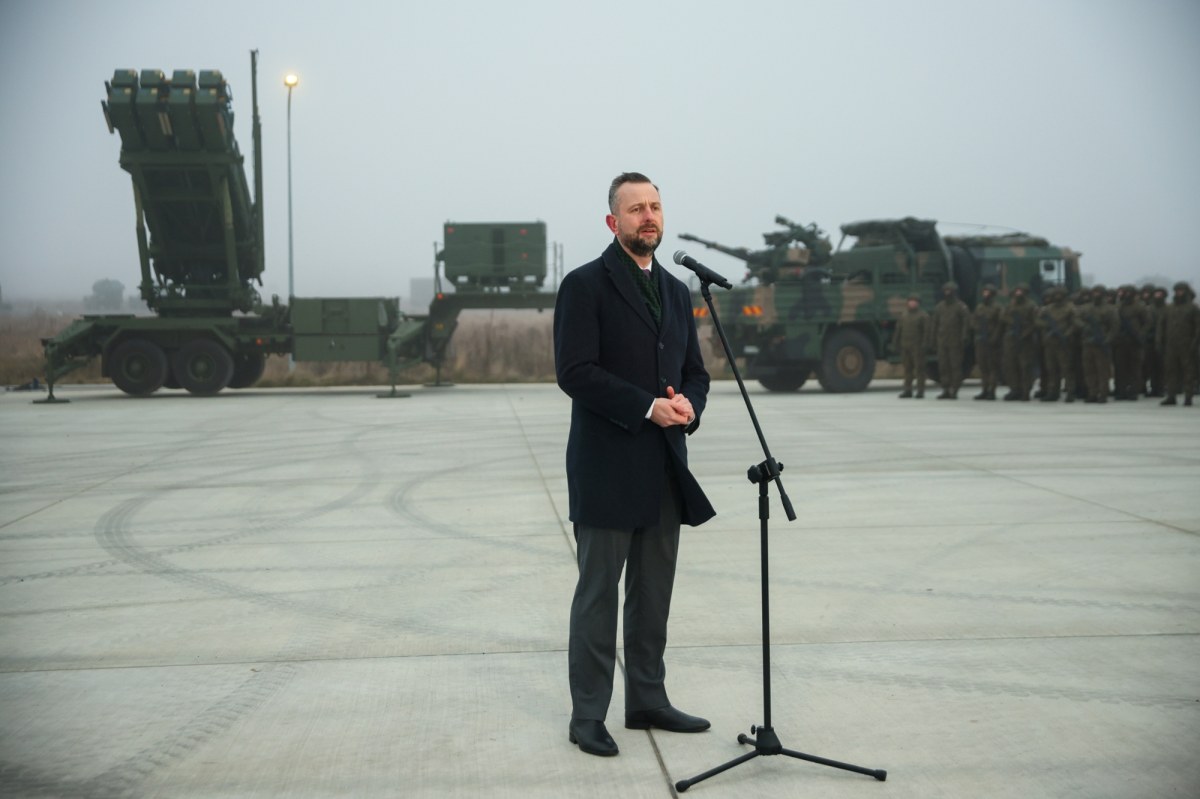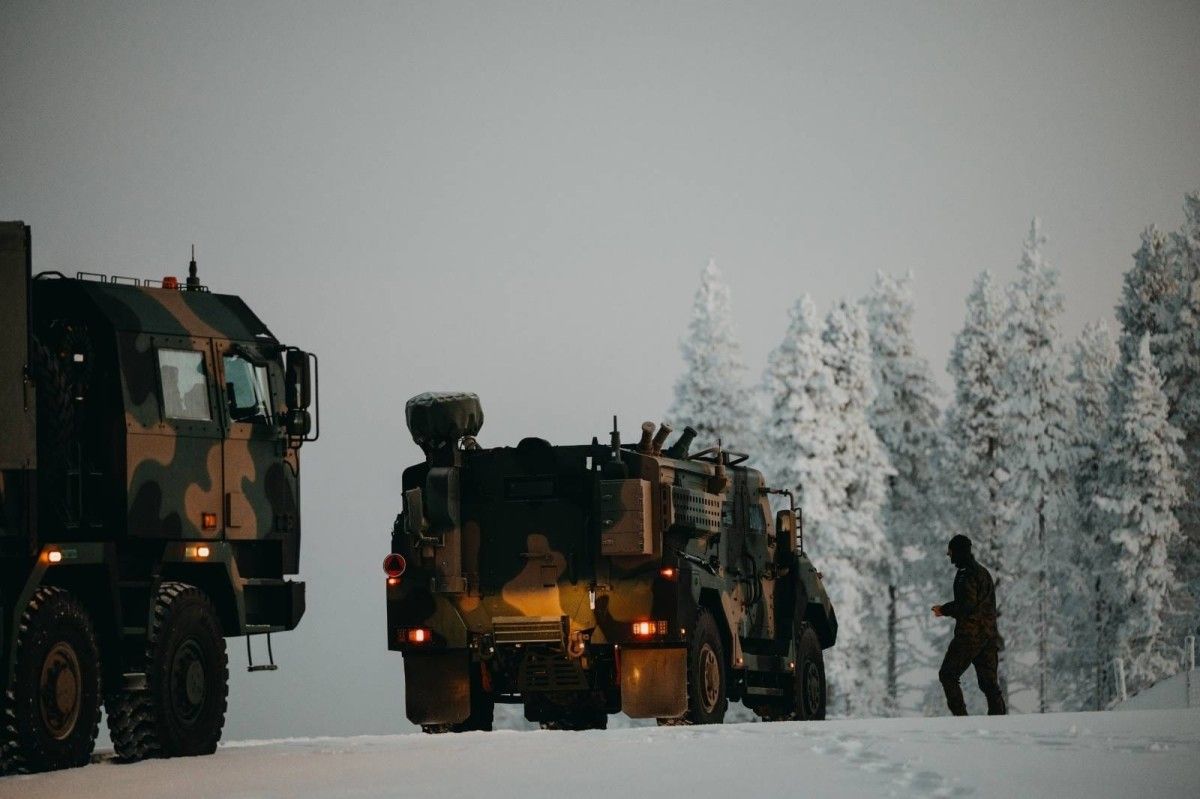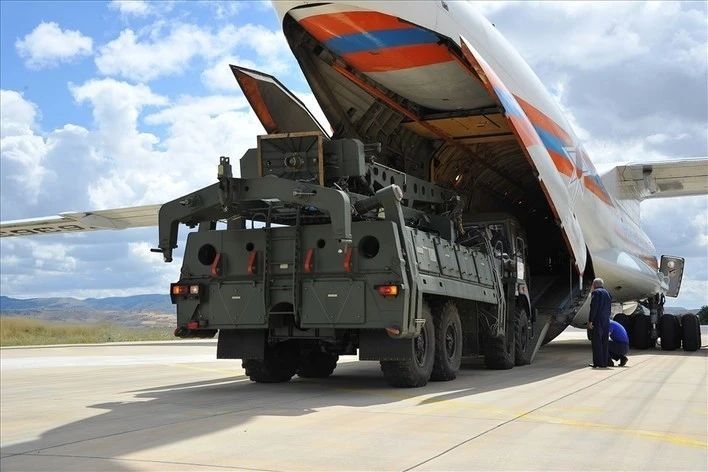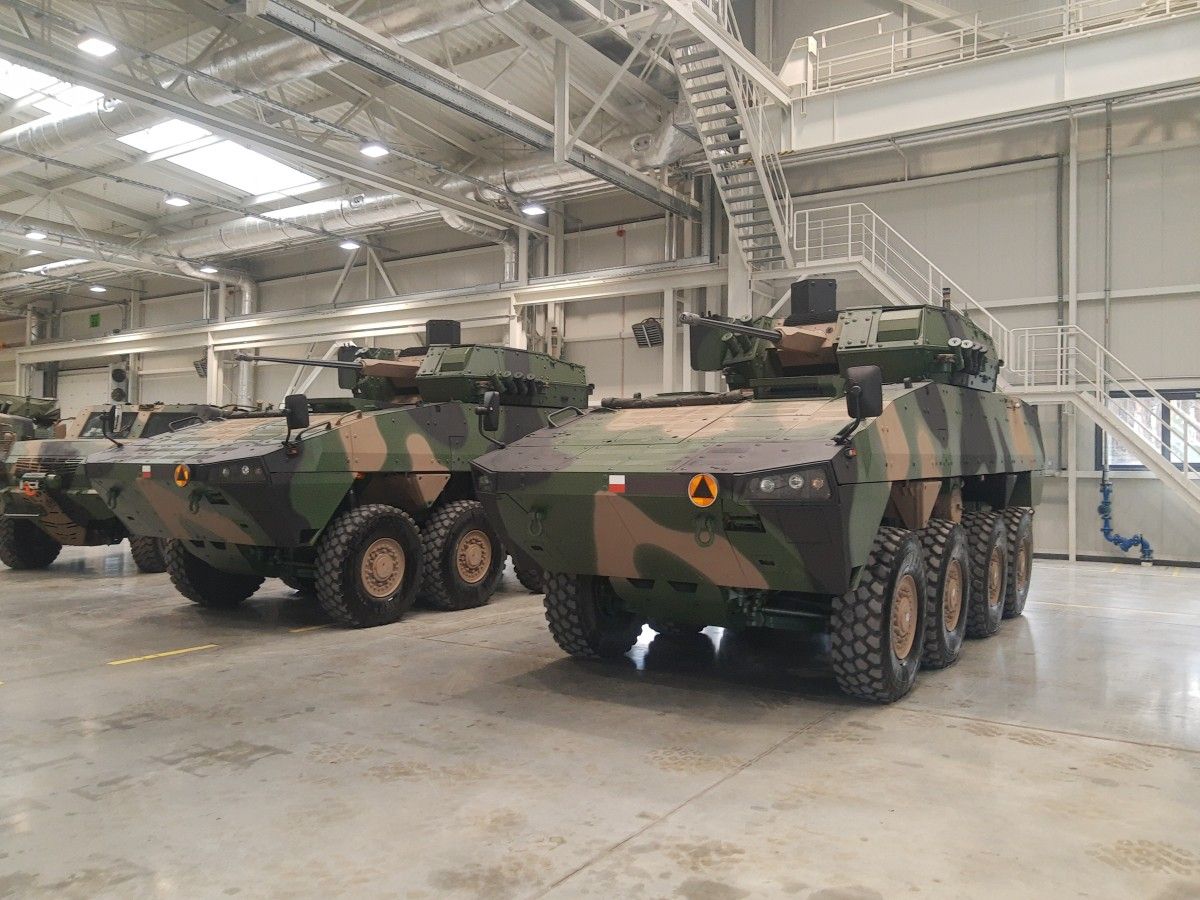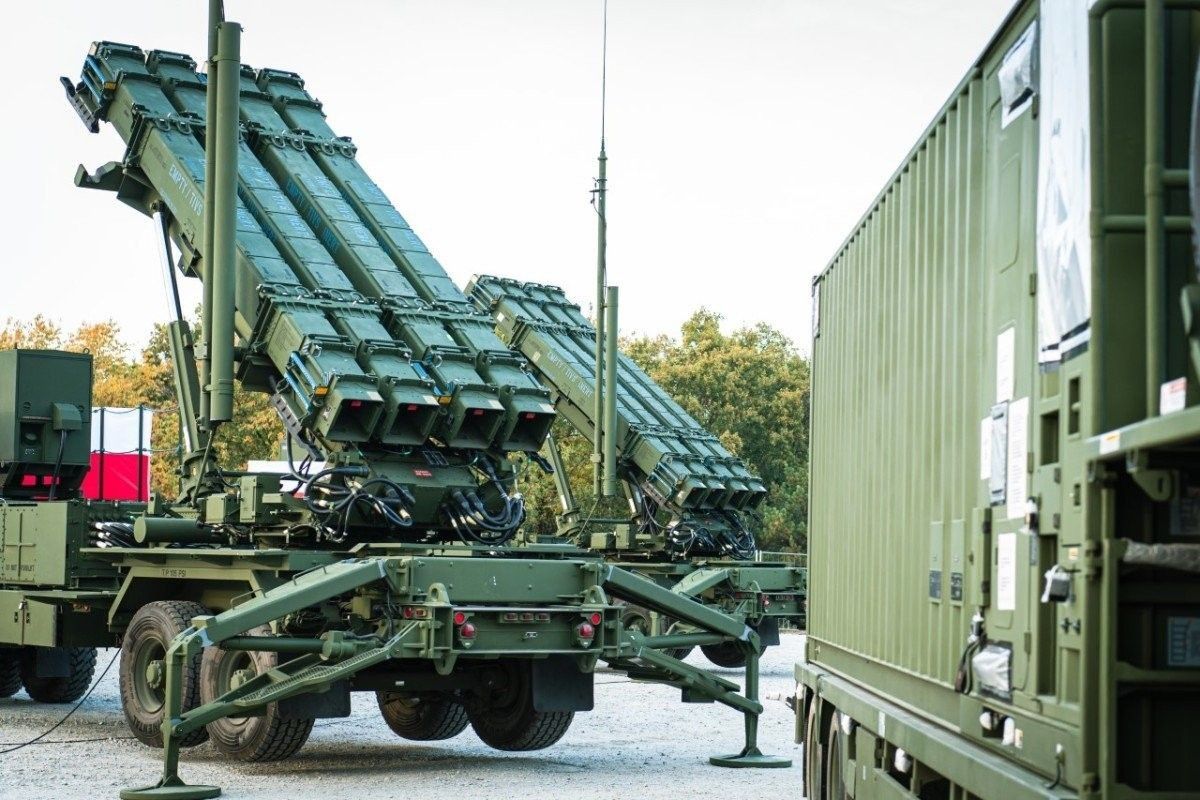If the military wants to fight well, they must train, train, and train again, while remembering their traditions to realize that the more sweat on the ground, the little blood on the front. This is especially crucial under the armor of the tank, erstwhile it is called an honorable armored cavalry, as in the case of the 11th Lubuska Division of Armoured Cavalry named after King John III Sobieski of Żagań.
The departure of the Cromwell VII Squadron of the 1st Armoured Division. From the left: Gen. Stanisław Maczek and Rtm. Tadeusz Wysocki, Scarborough; 14 July 1944.
On Saturday, September 12, 1683, forces allied under the command of King John III Sobieski struck the Turks besieging Vienna. The decisive thing about Victoria and the rescue of the capital of the Austrian Empire was the charge of Hussaria – an armored fist that saved Europe from the expansion of the Turkish empire.
Polish troops going to Vienna's rescue divided into respective large regiments, and in each unit served the selection of Hussar flags. In the Royal Regiment alone there were 11 of them, and 23 of them all together, giving 2.5 1000 excellent troops. As French writer François Paulin Dalérac wrote at the time: “Hussars are the most beautiful riding in Europe by choosing people, beautiful horses, the magnificence of clothing and the courage of horses. They do not secrete men to the defender and defender of the front, and they are intended only to strike in battles.” Let us add – the strokes frequently deciding about its outcome, as it was in the conflict of Vienna. Although it was here that King John III Sobieski made a derogation from the regulation of non-designation of Hussaria to the front guard, due to the fact that before its main attack he instructed 1 banner to do reconnaissance, or reconnaissance, as we would say today. The king wanted to make certain that the Turks for his cavalry did not prepare unpleasant surprises, specified as wolf pits. Many of the army's allied commanders were astonished at the king's decision to make heavy-armed riders scouts, but the king knew what he was doing, and thus demonstrated that he was a prominent cavalry chief.
At that time, a banner under the command of Lieutenant Sigismund Zbierzchowski took over almost the Turkish army. The lieutenant developed the squad, gave a buzzing sign, and moved forward, leading his 150 heavy-armed Hussars with tilted copies. By bypassing the bushes and jumping through the excrement, they first trotted and then sloped about 400 m and fell on Ottoman spahises, inserting copies into their first ranks. They caused panic and terror, which, however, lasted only a moment, due to the fact that enemy hosts were like the ocean – they waved and moved on a fistful of "mads". The Hussars for a while took this storm to make a good and efficient turn around. They were killed in this fight 54, but the king was assured that he could strike at the centre of the enemy, the open shelter of the large vizier Kara Mustafa. And after the charge, the shelter became a royal prey.
Armoured fist
Husaria can be compared to today's armored weapons – tanks and armored wagons of the modern battlefield. 1 more thing is converging here: in the case of both Hussaria and armored units, it is vital to be in good command. The commander of armored weapons must not only be able to usage it, but besides anticipate – to anticipate the enemy's movement, due to the fact that the armored weapons, even though powerful, are highly delicate to terrain conditions and skillful defense. Let us repeat: King John III Sobieski was a prominent leader of cavalry – not only of this heaviest husaria or armored ones, but besides of dragony – a light oxo-tatar riding was at his hand deadly even for the greater enemy.
Author with Colonel Eugeniusz Pracukki on the Oławska marketplace Square.
Can you imagine a better patron for the armored cavalry division? Jan III Sobieski patronises the 11th Armoured Cavalry Division, the distinguishing sign of which is the shishka and the Hussar wing – identical to the 1st Armoured Division of General Stanisław Maczek, 1 of the most celebrated large units of the Polish Armed Forces in planet War II. The division, which in the summertime of 1944 enrolled itself in large victories in Normandy, including Falaise, and then moved through the remainder of France, Belgium, the Netherlands, bringing freedom to these countries, and after crossing German borders ended its conflict trail, occupying the celebrated Kriegsmarine base – Wilhelmshaven – in May 1945. 1 of the units of the 1st Armoured Division was the 10th Armoured Cavalry Brigade, and many of its soldiers had a service behind them in the 10th Cavalry Brigade, which recorded a beautiful conflict card in September ’39 under the fortunate star of its commander – General Stanisław Maczek. Traditions of this armored relay present are cultivated by the 11th Armoured Cavalry Division, which consists of the 10th Armoured Cavalry Brigade of the General of Arms Stanislaw Maczek in Świętoszów.
Armoured banner
When referring to the traditions of the 11th Armored Cavalry Division, the fact that her soldiers cannot be ignored They remember and cultivate the memory of all Polish battleships – heirs of Hussaria from September ’39, Polish Armed Forces in the West and those who came to fight in the bloody battles of the east Front. We are talking about soldiers of the 1st Dresden Armored Corps, the largest armored unit in the Polish Army in the East. The Corps in 1945 fought highly bloody buoys, among others, at Budziszyn, and its reconnaissance carts reached the corners of the capital Czech – Prague.
One of those soldiers who brought liberation to the Czech Republic was a young lieutenant then, and present Colonel Eugene Praczuk. The Colonel is incorruptible all year in Oława to organize a Kombatant Day on September 1, where soldiers of the 11th Armoured Cavalry Division are always present. Writers of these words have witnessed many times how officers and young armored men honor a veteran from Budziszyn and honor those who have already gone on eternal watch, specified as Captain Jan Brzeski, a veteran from the 24th Ulan Regiment of the 1st Armoured Division, or from that dragon division – Lieutenant Alojze Jedamski of the 10th Dragon Regiment. On his holiday, September 12, soldiers of the 11th Lubuska Division of Armored Cavalry them. King Jan III Sobieski remembers his large traditions in Żagań, where close the barracks of the division on the square of the Tank stand M36 Jackson, T-34, T-55 and T-72 tanks, and the monuments of General Stanislaw Maczek and the Glory of the 1st Dresden Armored Corps – the relay continues!
Quote Source
F.P. Dalérac, Les Anecdotes de Pologne ou Memoirs Secrets du Régne de Jean Sobieski III du Nom, Amsterdam 1699.

